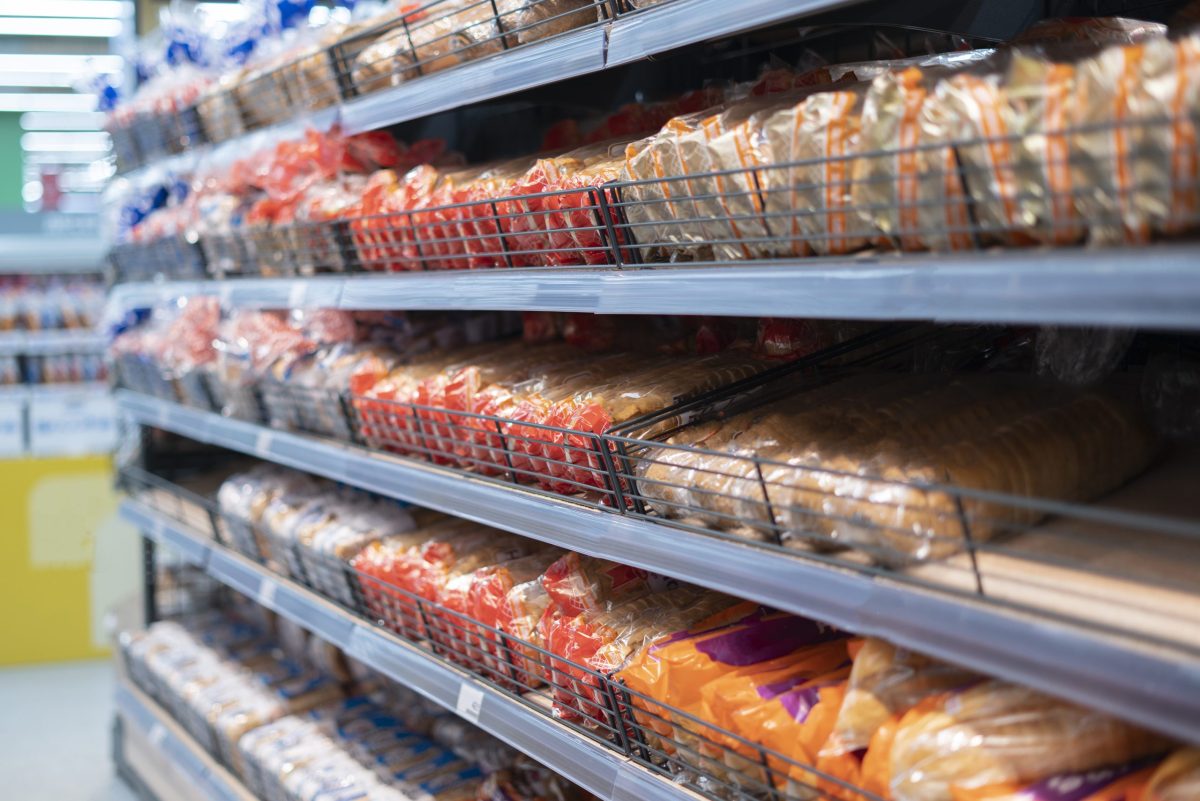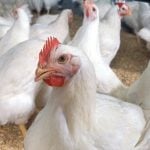Consumer anxiety about the cost of food is only going up, according to the latest figures on Canadian public sentiment.
“Food costs have become an increasingly acute issue,” said the Canadian Centre for Food Integrity in a report on its 2023 public trust research.
The organization released the report, which gives insights into Canadian’s thoughts and feelings about the country’s agri-food system, on Oct. 17.
Read Also

World food prices dip as falls in sugar and dairy offset new high for meat
Global food commodity prices dipped in September as declines in sugar and dairy offset a new peak for meat prices, the United Nations’ Food and Agriculture Organization said on Friday.
When asked which life issues they were most concerned about, 54 per cent flagged the cost of food as a top concern—up from 51 per cent last year, the report said.
Cost of food has been the top concern for five consecutive years. It’s the only issue of high concern among more than half of Canadians and sits six points above the next-highest concern—inflation.
The affordability of healthy food was of high concern to 47 per cent of respondents, eight points higher than last year, and a “staggering” nineteen points higher compared to 2020, when 28 per cent were very concerned, the report said.
Grocery shopping behaviours have shifted accordingly. Forty-five per cent said they were reducing food waste at home, a full ten per cent higher than last year. More shoppers were opting for bulk and frozen foods over last year. Forty-two per cent were eating out less—the same as last year. The number of people who said they were eating less meat remained at 26 per cent.
However, those who were buying less food overall increased to 37 per cent from 33 per cent. Fifteen per cent said they were skipping meals—the same percentage as 2022.
Consumer perceptions on why food prices are high have shifted since 2022. This year, 41 per cent of those surveyed said supply chain costs were to blame for prices, down from 56 per cent last year. Thirty-four per cent said high prices were because businesses wanted to raise profits, up from 20 per cent in 2022.
Overall, CCFI said perceptions of the Canadian food system have levelled off after steady decline from a 2020 high. Thirty-four per cent said the Canadian food system was headed in the right direction, one per cent up from 2022; 41 per cent were unsure, down from 43 per cent; and 26 per cent said the system is headed in the wrong direction, up from 24 per cent in 2022.
Farmers maintained a high level of public trust, with 65 per cent of Canadians scoring them from seven to ten on trustworthiness—for comparison, 85 per cent of Canadians rated politicians below six on the trustworthiness scale.
Scientists and university researchers rounded out the top three trusted groups. “Canadian agriculture overall” rated fourth, with 54 per cent of respondents rating as trustworthy or very trustworthy.
Consumers also have high regard for farmers’ transparency, defined as “providing the type and amount of information, using language and terms that are easily understood, that helps you make informed decisions about food for you and/or your family,” according to the report.
Forty-seven per cent of respondents said farmers were doing well or very well at providing transparency. Scientists and Canadian agriculture overall rounded out the top three.
Sixty-two per cent of respondents said they were concerned about misleading food labels and descriptions; 58 per cent were concerned about misinformation about food; and 54 per cent were worried about misinformation about how food is produced in Canada.
















